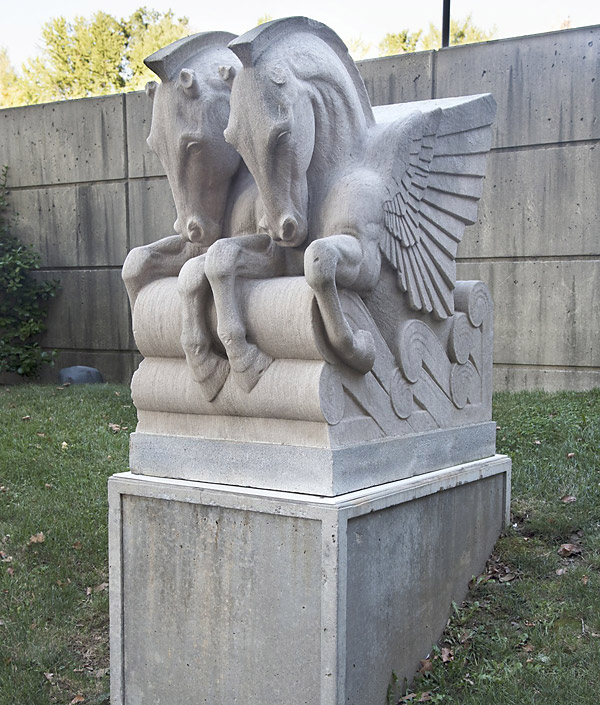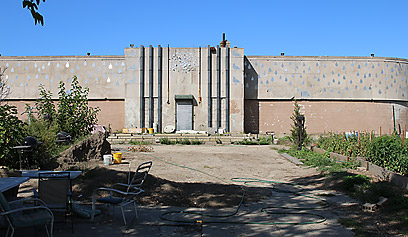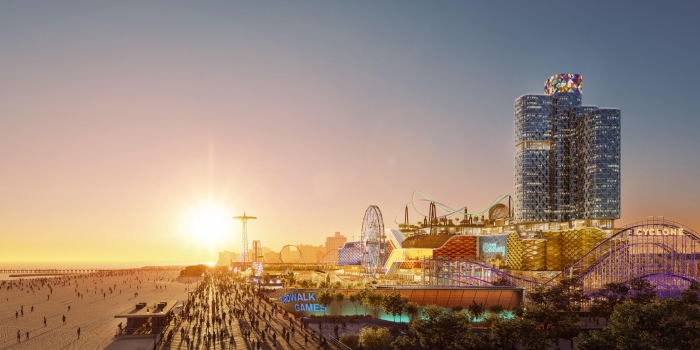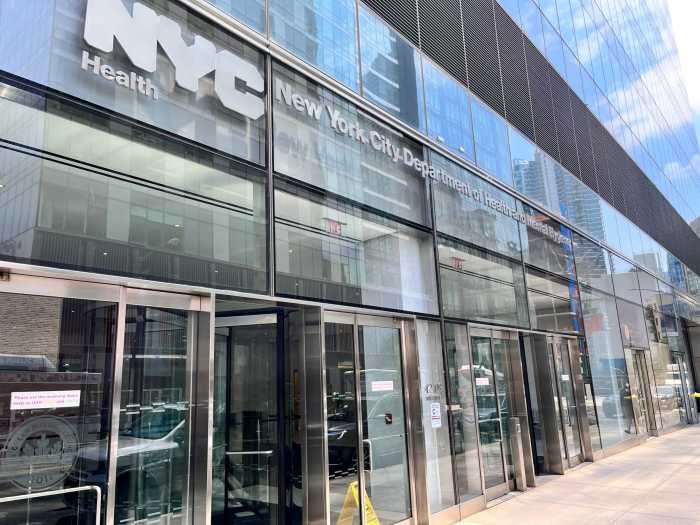They’re pumping up the case to make this forgotten Coney Island structure a landmark.
The Coney Island Water Pressure Pumping Station is one of the structures on the docket for upcoming hearings to clear several decades worth of backlogged New York City Landmarks Preservation Commission cases. And community activists and architectural organizations are trying to strengthen the case as the Oct. 8 Brooklyn hearing in approaches.
One Coney Island expert believes the station’s historic significance alone makes it worthy of the designation, since it was originally built to provide the additional water pressure needed to put out the catastrophic blazes that frequently swept through the People’s Playground in the early 20th century.
“The pumping station has a lot of symbolic meaning to Coney Island because the neighborhood was shaped by fire in the years before the station was built,” said Charles Denson, executive director of the Coney Island History Project. “The station symbolically helped save Coney Island until it was decommissioned.”
The station on Neptune Avenue at W. 23rd Street abutting Coney Island Creek was built in 1938 in response to a 1932 inferno that destroyed four blocks stretching from the amusement to the residential district. But the building’s unique aesthetics are also part of the reason some want to see the structure landmarked.
Prominent Art Deco architect Irwin Chanin designed the building in the “Moderne” style — a type of Art Deco architecture common in the 1930s. Chanin designed many notable high-rise buildings in Manhattan — including the Majestic on Central Park West and the Chanin Building on E. 42nd Street, both already landmarked — as well as several Broadway theaters. But the low-rise Pumping Station was a starkly different project for Chanin, and one of the only municipal utilities he ever designed.
The structure’s significance to the Art Deco movement — and the rarity of such architecture in the area — inspired one preservation group to take up the cause of the landmark push.
“Many Art Deco buildings across the city are approaching their centennial in the next 10 or 20 years,” said Roberta Nusim, the president of the Art Deco Society of New York. “We have to be active about preserving buildings of this style. This station deserves to be a landmark, and that would be the first step in revitalizing it as part of the landscape of Coney Island.”
The abandoned fire-fighting utility has been dormant since the early 1970s, and by the time Pumping Station was first proposed as a potential landmark in 1980, it had become a rat-infested eyesore with piles of litter accumulating on its expansive grounds, according to a letter submitted to the commission by the then-principal of Mark Twain Junior High School next door.
The building’s most distinguishing features — four Art Deco double-Pegasus sculptures — were moved to the Brooklyn Museum in 1981 due to vandalism, where they remain today.
A 1990 plan to devote $23 million to turn the structure into transitional housing for homeless families never materialized, and the building itself has been boarded up for decades, but the grounds outside are now used as a community garden.
Denson — who recalls gazing out at the structure when he attended Mark Twain as a child — believes there are plenty of potential uses that would make the station an asset to the community once again.
“They want to bring a ferry to Coney Island, and the station could be converted for that purpose,” Denson said. “It could be an ecology center connected with Coney Island Creek and Kaiser Park, or a fire museum. It’s a central location in the middle of the community, which makes it perfect for local involvement.”
Denson has provided written testimony for the landmark hearing, and says he would get behind almost any proposed use, as long as it preserves the historic structure for the good of the community.
“The station deserves better,” he said. “Anything that saved it would be good.”
























